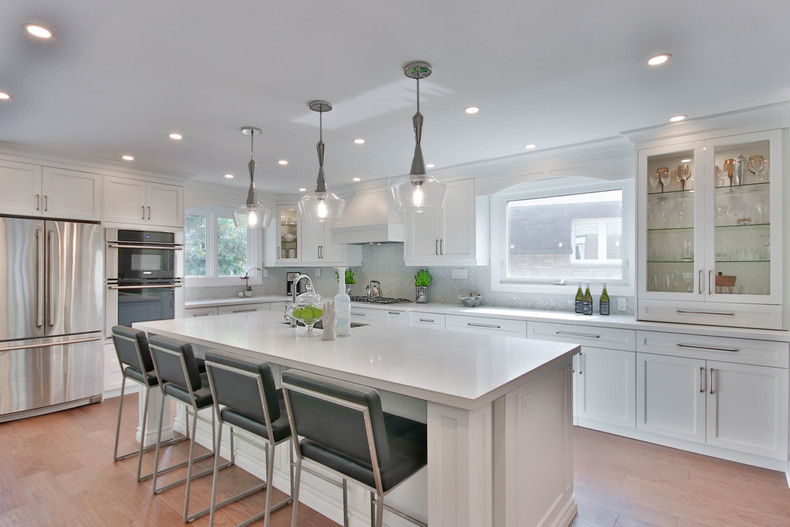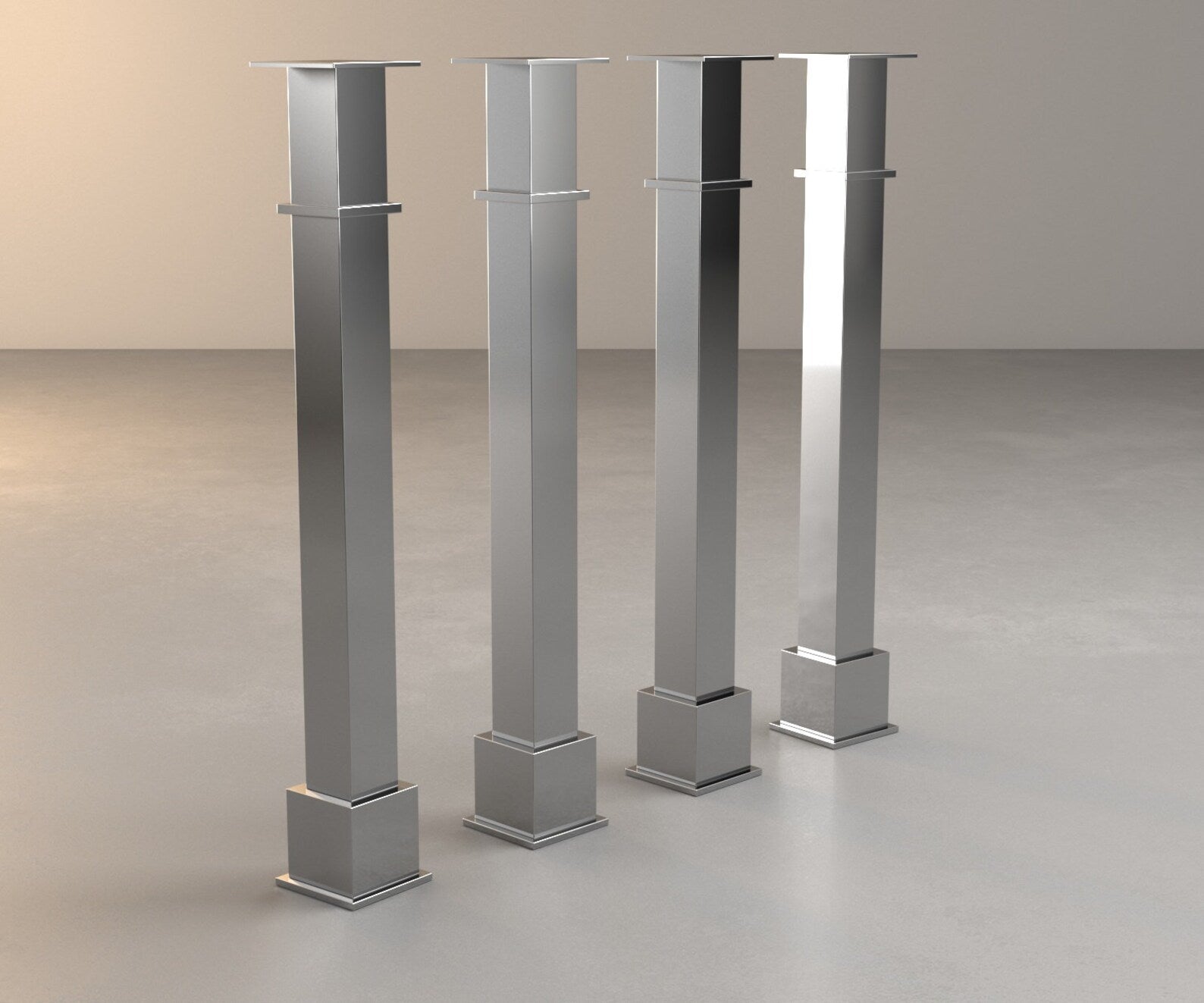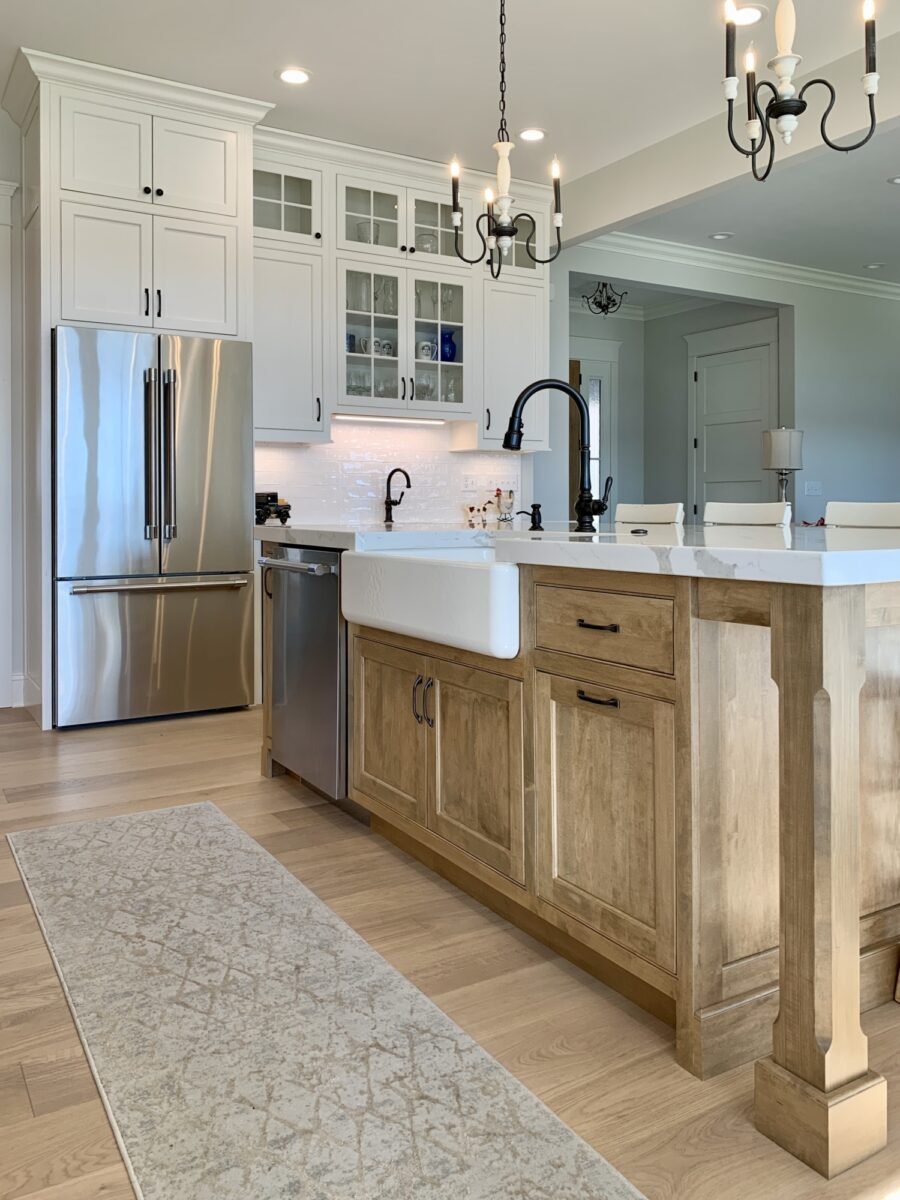Enhance Capability and Style Utilizing Quality Legs For Kitchen Island
Wiki Article
Important Elements to Consider When Selecting Legs For Cooking Area Island
Picking the suitable legs for a cooking area island includes a mindful evaluation of numerous elements that can dramatically influence both capability and aesthetic charm. As we discover these elements, it comes to be clear that each decision can have significant effects for the overall kitchen area experience.Product Options
When selecting legs for a kitchen area island, understanding the different product alternatives is vital for attaining both aesthetic charm and architectural honesty (Legs For Kitchen Island). The choice of material substantially affects not only the sturdiness of the island yet also its overall style and capabilitySteel legs, commonly made from stainless steel or functioned iron, add a industrial and contemporary feel while guaranteeing resilience and stability. These materials are immune to put on and can sustain considerable weight, making them suitable for bigger islands.
One more option is engineered products, like MDF or plywood, which can be extra cost-efficient while still using a series of surfaces. However, they may not give the very same degree of stability as strong timber or metal. Lastly, materials such as acrylic or glass can create a contemporary appearance, though they may need added support to make sure stability.
Eventually, the selection of material for kitchen area island legs must align with the desired performance and the total style of the kitchen.
Design And Style

When taking into consideration style, the form and finish of the legs are essential. Tapered legs can offer a sense of agility and sophistication, while thicker, more robust legs can communicate stamina and stability. In addition, the coating-- be it painted, tarnished, or natural-- should enhance the cabinetry and counter top products to produce a unified appearance.
Additionally, the style of the legs can additionally show personal taste. Personalized or attractive legs, such as those featuring detailed carvings or distinct geometric shapes, can act as prime focus, including character and individuality to the kitchen. Inevitably, the best option will certainly not only boost functionality however also raise the visual allure, making the kitchen area island a standout feature of the home.
Elevation Factors To Consider
Picking the suitable elevation for kitchen area island legs is crucial, as it directly affects both functionality and comfort. The typical height for a kitchen area island commonly ranges from 36 to 42 inches, aligning with usual counter top heights. A 36-inch elevation is ideal for food prep work and cooking, allowing for comfortable use cooking area devices and devices. Conversely, a height of 42 inches is often chosen for islands intended for bar seats, suiting taller feceses and supplying a casual eating experience.
It is additionally important to represent customers' heights and preferences. Tailoring the elevation can make sure a comfortable experience for all family members, making the cooking area island a more practical and satisfying area.
visit this website
Weight Assistance
Making sure ample weight support for kitchen island legs is crucial for both safety and security and capability. The cooking area island usually offers several objectives, consisting of cooking, eating, and added storage, requiring a robust assistance framework. When choosing legs, it is essential to consider the overall weight ability called for based upon the island's meant use and the products that will certainly be placed on it.The selection of product for the legs plays a significant duty in their weight-bearing abilities. Solid timber, steel, and durable composites typically provide premium strength contrasted to lighter materials. Additionally, the style of the legs-- whether they are straight, tapered, or have a pedestal type-- can affect their capacity to distribute weight properly across the framework.
Constantly consult the maker's requirements pertaining to lots visit the website limits to ensure that the legs can sustain the intended weight without endangering safety. In summary, picking kitchen area island legs with sufficient weight assistance is important for producing a practical and safe culinary room.
Installment and Upkeep
Appropriate installation and upkeep of cooking area island legs are important for making sure durability and stability. To start, it is vital to comply with the producer's standards throughout setup. This often entails protecting the legs to the island base making use of proper fasteners, ensuring that the legs are degree and lined up. Making use of a degree tool can aid avoid wobbling and improve the overall visual appeal of the cooking area island.When installed, routine upkeep is required to maintain the integrity and look of the legs - Legs For Kitchen Island. For wood legs, regular cleansing with a damp fabric and application of ideal wood gloss can protect against wetness damages and maintain their surface. Steel legs might need a mild cleansing service to eliminate oil and grime, complied with by a completely dry cloth to stop corrosion development
Additionally, examine the legs on a regular basis for indicators of wear or damages, such as cracks Get More Info or loose joints. Tightening screws or bolts as needed can likewise extend the life expectancy of the legs. By sticking to these setup and upkeep methods, home owners can guarantee that their kitchen island remains sturdy and visually appealing for years to come.
Conclusion

Visual comprehensibility is paramount in choosing the design and layout of legs for a cooking area island, as these elements significantly influence the general setting of the room. Conical legs can provide a sense of lightness and beauty, while thicker, a lot more durable legs can communicate toughness and security.Picking the ideal elevation for kitchen island legs is essential, as it directly impacts both functionality and comfort. In summary, selecting kitchen island legs with sufficient weight support is important for producing a risk-free and functional culinary space.
In conclusion, picking legs for a cooking area island demands mindful factor to consider of different elements, including material alternatives, design, elevation, weight support, and installation.
Report this wiki page